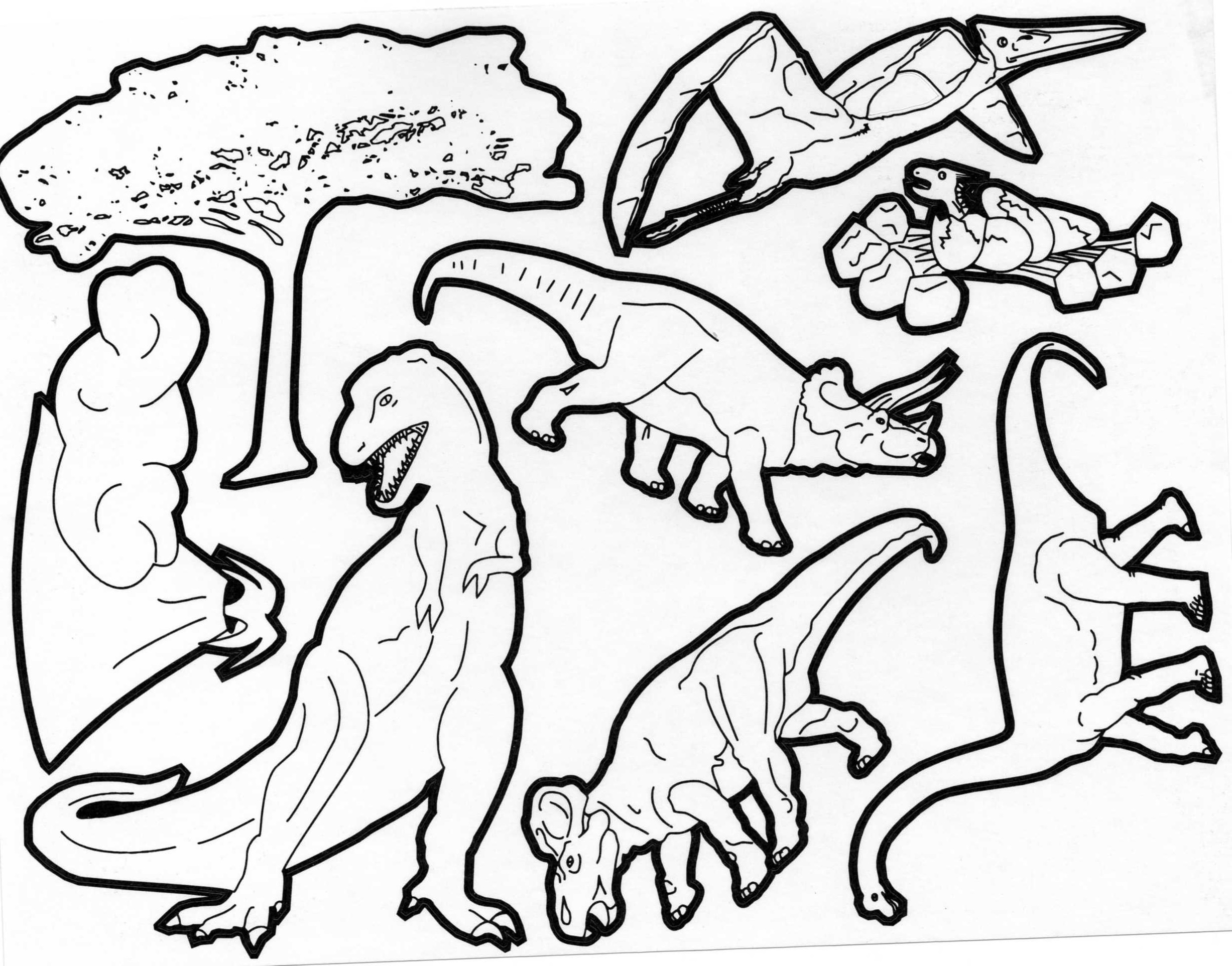Let’s take a journey back in time to explore the fascinating world of the mighty Mosasaurus. These ancient creatures may be extinct, but they are still alive in our hearts and minds.
Table of Contents
The Enigmatic Mosasaurus
The Mosasaurus was a giant marine reptile that lived during the Late Cretaceous period. It was a formidable predator that ruled the oceans, with sharp teeth and powerful jaws that allowed it to feast on a variety of marine creatures.
Uncovering Their Mysteries
Scientists have been able to learn a great deal about the Mosasaurus through fossil discoveries. These fossils have provided valuable insights into the anatomy, behavior, and lifestyle of these incredible creatures.
Exploring Their Habitat
The Mosasaurus was a true denizen of the deep, inhabiting the warm, shallow seas that covered much of the Earth during the Late Cretaceous. It was a top predator in its ecosystem, preying on fish, squid, and other marine reptiles.
Adaptations for Survival
The Mosasaurus had many adaptations that helped it thrive in its watery environment. Its streamlined body and powerful tail allowed it to swiftly navigate the seas, while its sharp teeth were perfect for capturing and devouring prey.
Fun Facts About the Mosasaurus
Did you know that the name “Mosasaurus” means “Meuse lizard,” named after the Meuse River in the Netherlands where the first fossil was discovered? These creatures could grow up to 50 feet long and had a double-hinged jaw that allowed them to swallow large prey whole.

Preserving Their Legacy
Although the Mosasaurus went extinct millions of years ago, their legacy lives on in museums, books, and films. They continue to captivate people of all ages with their awe-inspiring size and ferocious appearance.
Conclusion
The Mosasaurus was truly a marvel of prehistoric times, a creature that roamed the seas with unmatched power and grace. While they may no longer swim the oceans, their legacy endures, reminding us of the wonders of our planet’s past.






